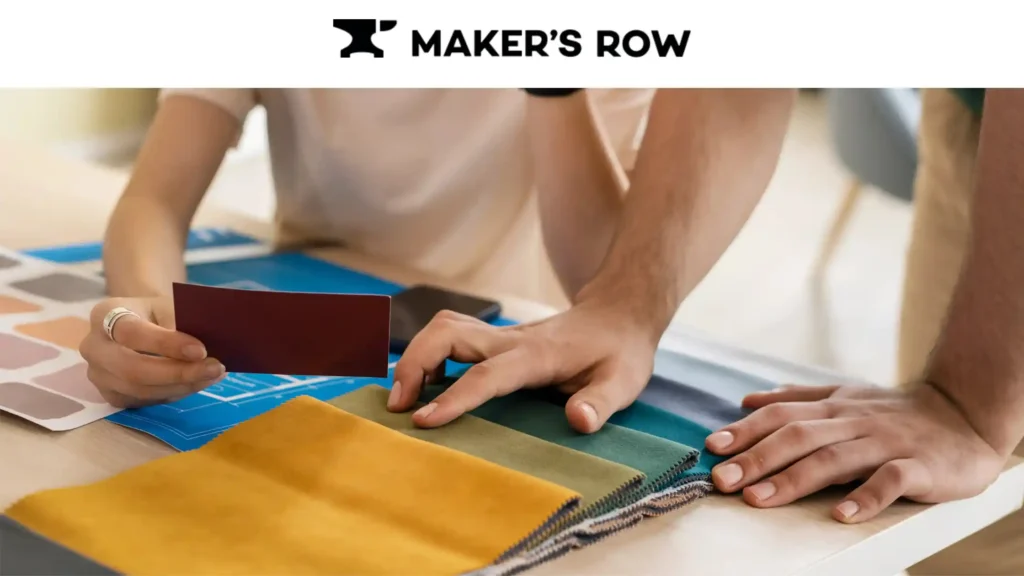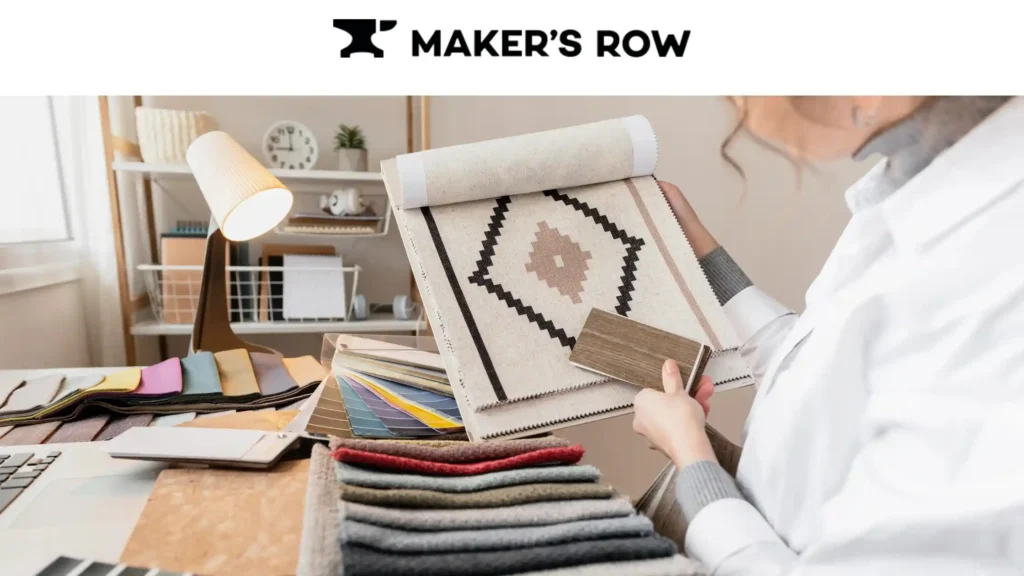Fabric mistakes in clothing manufacturing should be avoided at all times because they can make or break a clothing business. The fabric influences the final garment’s appearance and issues such as durability, comfort, and ability to perform in the market. Choosing the wrong fabric type can be a nightmare for production, a nightmare for customers, or end up with stock that cannot be sold at all. So, for a company or a designer who is already in the business, or even for upcoming designers, one of the most important parts of guiding an apparel production line is to ensure the best fabrics for clothing manufacturing.
This blog will examine how choosing the right fabric can either make or break apparel production and highlight fabric mistakes in clothing manufacturing that are frequently made.
The Role of Fabric in Apparel Production
Fabric is the base and life of any clothing. It directly influences the clothing’s outward appearance, performance, and expected lifespan. Selecting fabrics is a science and an art, intertwining various aspects to give the final result—an outfit. The factors that determine each of the above aspects include the texture, the weight, the drape, and the fiber content.

Here’s why fabric selection plays such a crucial role:
- Aesthetic Appeal: The fabric determines the transition of a design into an actual product. For instance, a summer dress made of a fluid fabric like chiffon will look great, whereas the same design made of stiff fabric as a canvas will turn out to be terrible.
- Durability and Quality: Some clothes last decades, while others start tearing after a couple of washes. Why is that? It is the material that goes into the making of such dresses. A material like denim is tough and has a longer life cycle than materials such as silk, which have a short life cycle and require more care. Some materials affect the quality immensely, leading to cheap denim that tears easily and cheap silk that tears in one go.
- Comfort and Functionality: Some clothes are worn frequently, and the material used in them depends on the region and its climate. Selecting an ideal fabric like cotton to wear during summer is wise, but that same fabric material to wear during winter would be disastrous.
- Cost Efficiency: The wrong choice of fabric could also result in the loss of further resources in addition to higher costs of production. Some materials are likely to produce defects during cutting and sewing, making waste levels and production costs higher than normal.
Common Fabric Selection Mistakes in Clothing Manufacturing:
Far too often, choosing the wrong fabrics is an inevitable price of creative freedom, time constraints, and financial constraints. Here are some of the most common fabric mistakes in garment manufacturing:
- Ignoring Design for Fabric Performance
Designers often get carried away by the aesthetics of fabric and less by how it will perform in the real world, not taking into account how the fabric will perform during and after production. For instance, it may be tempting to use a fabric that shrinks or becomes too wrinkle-free, and while the items may look good, customers will be dissatisfied, and many will return the garments or not purchase them.
- Overlooking Fabric Stretch and Recovery
Certain clothes, like sportswear or lycra clothes, need fabrics that can have an elastic property that will allow stretching and get back to the original shape without strain. Choosing the wrong level of stretch in a fabric can be catastrophic since the garments start to shrink and become unwearable after a few wears.
- Choosing the Wrong Weight
Weight can have a large impact on how the garment appears and feels on the skin. If they are too light, the material might prove transparent, if they are too heavy, a garment created using such material may feel rigid and uncomfortable. Knowing how weight affects fabric concerning garments is crucial in this discipline.
- Crucial Factors of Testing for Durability and Shrinkage
Products made from fabrics usually shrink, especially when washed. The omission of durability and shrinkage tests leads to perfect-looking clothes before the wash, that turn out to be unshapely after the first wash. This is particularly a big problem for brands that have a sustainable reputation.
- Ignoring the End User’s Needs
Even if a fabric seems just right on the design floor, the designer must consider how, in the end, the consumer will wear the apparel. For instance, the use of synthetic fabrics that do not allow air to pass through in designing outside summer wear will result in irritation among customers.

How to Choose Fabric for Apparel Production: Key Tips
Selecting the best fabric for your clothes can be a rather complicated task. Do not suffer losses by following these important yet simple apparel material selection tips:
- Understand Your Product: Evaluate the reasons for the development of the garment. Is the culture of the clothing informal, business-based, physical activity-based, or for nature-related activities? Every type of garment needs a certain set of fabric characteristics.
- Test the Fabric: Never assume that fabrics will not shrink, there are chances that the color might fade, the fabric might not be strong enough for the production requirement, or the fabric might not even survive a wash.
- Know Your Customer: A manufacturer has to consider the needs of the end-user actively. What do they search for in terms of comfort, durability, luxury, or sustainability assurance of products and services? Their expectations should guide your choice of fabric.
- Work with a Trusted Supplier: It would also mean that close relationships have to be bolstered with fabric suppliers to ensure that better quality materials are obtained for future releases, as well as to receive better advice on which fabrics to choose for the new line of collections.
- Budget Wisely: Cotton fabrics come in very many different cost ranges, and one has to select those that meet the best quality standards within the production cost limit.
How Maker’s Row Can Assist You in Choosing Fabric for Your Clothing Production
By using Maker’s Row, firms can reach out to suppliers in America and get high-quality bespoke fabrics for small quantities of orders. It has also made it easier for both new and existing firms to identify the appropriate fabric needed for apparel manufacturing, by providing lists of pre-screened suppliers, samples, tools, and tutorials.
Conclusion
In apparel production, the choice of fabric forms the single most important aspect of your product. By avoiding some of the usual pitfalls of ignoring fabric performance, stretch, and weight, you can guarantee the clothes you produce are both fashionable and practical and will withstand the test of time. No matter whether you are going to design clothes for everyday wear, business, or sports, the choice of the best fabrics for clothing manufacturing will directly depend on your garment’s purpose, its expected utility for the end consumer, and the final price range. Proper fabric selection can make your branded apparel comfortable, have the right aesthetic design, and be durable to meet the brand’s needs.
That way, you can eliminate from your garments all those unpleasant things that come from wrong fabric selection and guarantee the operational efficiency of the product during production processes and in the consumer’s use.
Read More…